Japanese home decor is renowned for its aesthetics, harmony with nature, and minimalist approach—qualities that resonate deeply with many homeowners seeking tranquility in their spaces. In this guide, I’ll share my personal experiences and insights, along with practical tips to help you integrate these calming elements into your own home. Let’s dive in!
Understanding Japanese Home Decor
Before we explore specific items, it’s essential to understand the philosophy behind Japanese decor. Rooted in ancient traditions, the Japanese aesthetic emphasizes simplicity, natural materials, and functionality. The saying “less is more” encapsulates this style perfectly.
The Core Principles of Japanese Design
- Simplicity: Clean lines and uncluttered spaces.
- Nature: Incorporating natural elements like wood and stone.
- Balance: Harmony in color, texture, and layout.
- Functionality: Each piece serves a purpose without excess.
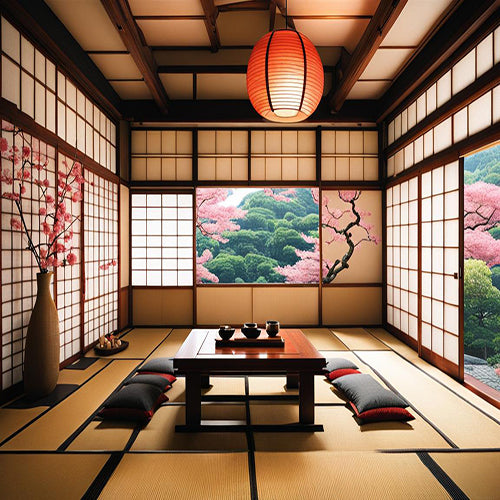
Must-Have Japanese Home Decor Items
1. Shoji Screens
Shoji screens are sliding doors made of a wooden frame and translucent paper. They serve as room dividers and allow soft light to filter through, creating a serene atmosphere.
Pros and Cons of Shoji Screens
| Pros | Cons |
|---|---|
| Beautiful and traditional | Can be fragile |
| Space-saving | Requires maintenance |
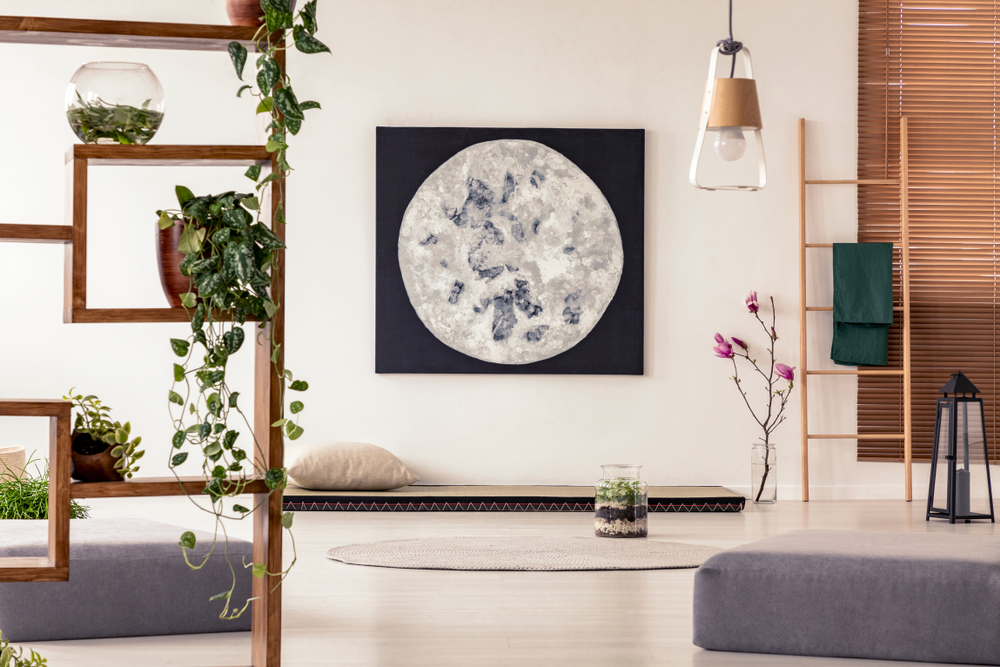
2. Tatami Mats
This traditional flooring is made from straw and rice straw. Tatami mats provide a natural and comfortable surface that invites relaxation.
How to Use Tatami Mats
- Layer them in a low-traffic area for seating.
- Combine with low tables for authentic Japanese tea ceremonies.
3. Futon Mattresses
Futons are soft mattresses that can be neatly stored during the day, allowing your space to serve multiple purposes.
Choosing the Right Futon
Look for natural materials such as cotton or wool for a breathable and comfortable experience.
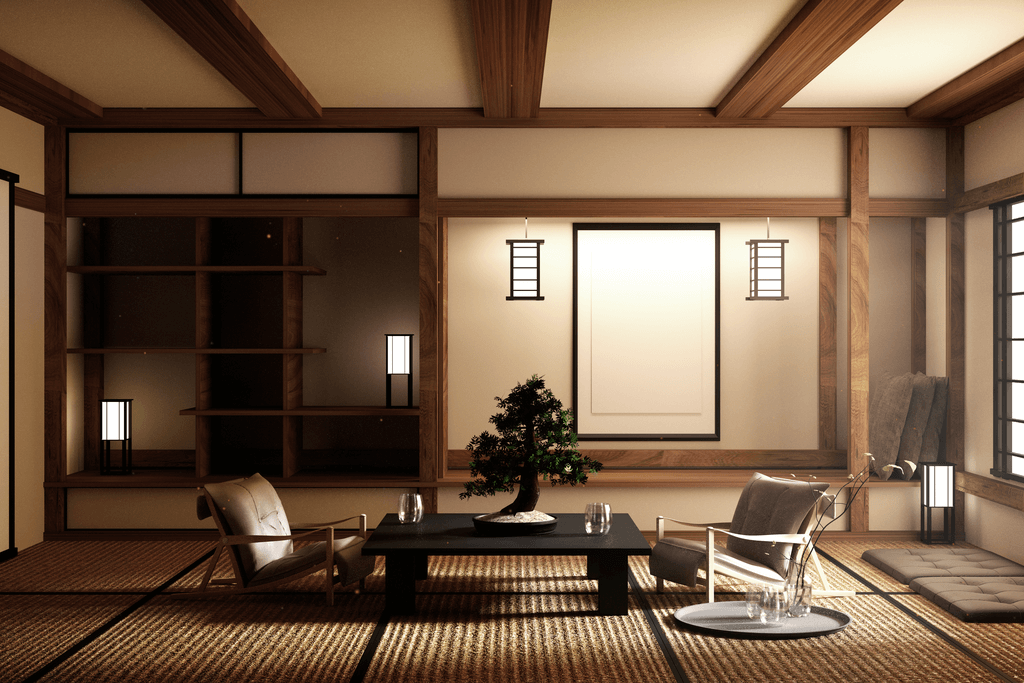
4. Japanese Ceramics
Handcrafted ceramics add an artistic touch to your decor. Pieces like sake sets or tea service can be beautiful yet functional.
Popular Styles of Japanese Ceramics
- Imari: Known for its bright colors and intricate designs.
- Raku: Emphasizes the beauty of imperfection.
5. Bamboo Accents
Bamboo is a versatile material often used for furniture, utensils, and decorative items. Its natural beauty and strength make it a staple in Japanese decor.
Example Bamboo Decor Items
- Bamboo furniture
- Decorative bamboo sticks
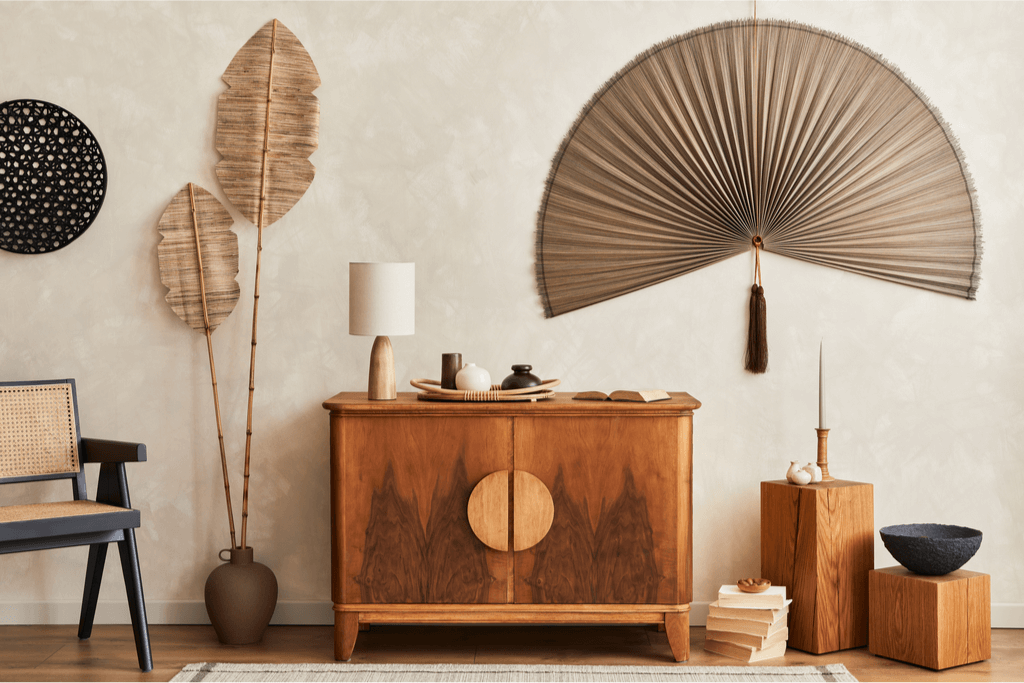
Integrating Japanese Decor into Your Home
Combining Styles: Personal Experience
As someone who has gradually embraced Japanese decor, I found the key to integration is balance. For example, I mix modern furniture with traditional Japanese pieces like a kintsugi vase, which portrays the beauty of imperfection while maintaining a contemporary appeal.
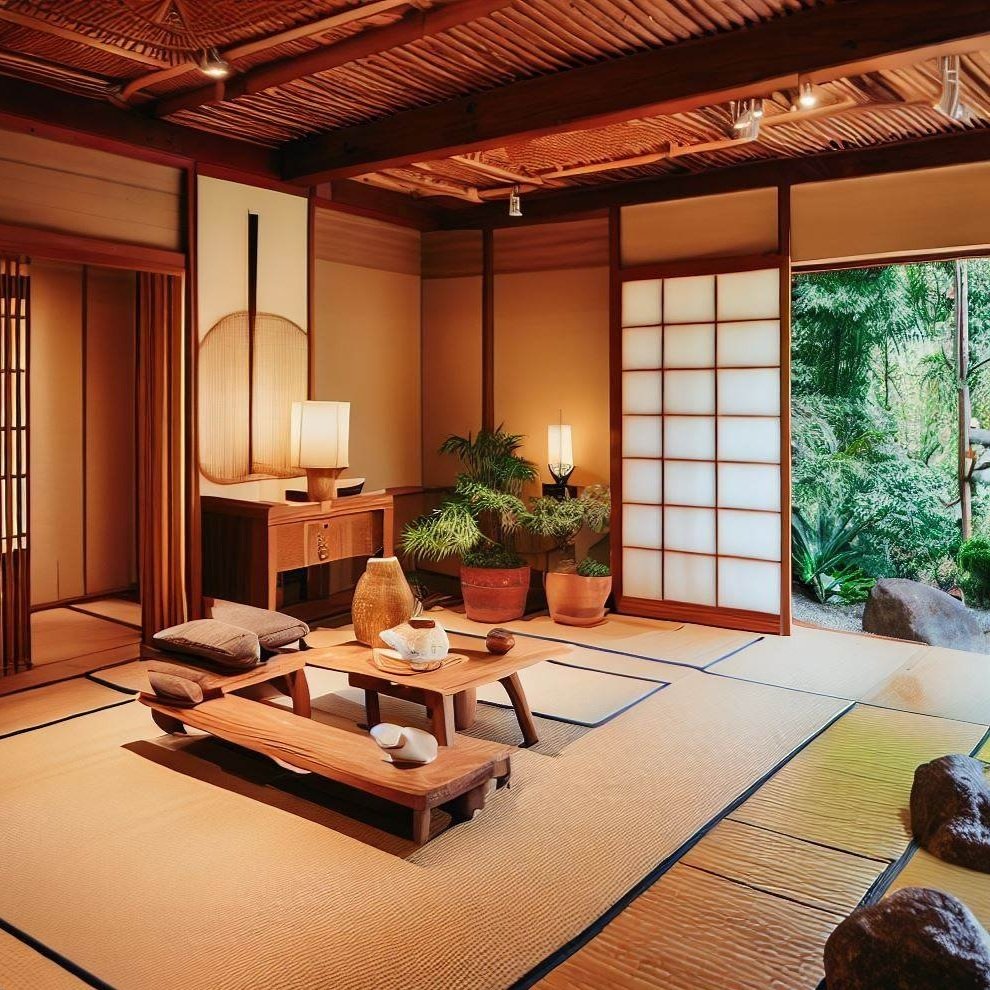
Color Palette Inspiration
Japanese decor often uses muted and natural colors. Here’s a simple palette to consider:
- Soft neutrals: Beige, taupe, and white
- Earth tones: Brown, green, and terracotta
- Pops of color: Subtle blues or reds from art pieces
Creating Zen Spaces
In my journey, I realized that creating a “zen” corner in your home can significantly enhance your wellbeing. Consider a small area with a tatami mat, a shoji screen for privacy, and a small indoor garden. It became my go-to spot for relaxation and meditation.

Where to Shop for Japanese Home Decor
Finding authentic Japanese decor items can be delightful. Here are some reliable sources:

- Local Asian markets: Often have a selection of home decor.
- Online retailers: Websites like Etsy, Wayfair, or specialty Japanese stores.
- Antique shops: Perfect for finding unique pieces with history.
Comparison Table of Popular Decor Items
| Item | Material | Average Price | Best Use |
|---|---|---|---|
| Shoji Screen | Wood, Paper | $200 – $800 | Room Divider |
| Tatami Mat | Straw | $50 – $150 | Flooring |
| Futon Mattress | Cotton | $100 – $300 | Sleeping |
| Japanese Ceramics | Clay | $20 – $200 | Tableware |
| Bamboo Furniture | Bamboo | $150 – $500 | Seating, Tables |
FAQs About Japanese Home Decor
1. What defines Japanese home decor?
Japanese home decor is characterized by simplicity, natural elements, and a harmonious design philosophy focused on creating peaceful living spaces.
2. How can I make my home feel more Japanese?
Incorporate natural materials, reduce clutter, use soft lighting, and choose decor items that emphasize craftsmanship and simplicity.
3. Are there specific colors associated with Japanese decor?
Yes, the palette often includes soft neutrals, earthy tones, and subtle pops of color to create a calming environment.
4. Can I mix Japanese decor with other styles?
Absolutely! Mixing styles can create a unique and personalized space. The key is to maintain balance and harmony.
5. Where can I find authentic Japanese decor items?
Look for specialty online retailers, local Asian markets, or antique shops that focus on Japanese art and furnishings.
In conclusion, Japanese home decor brings a unique charm and tranquility that can transform any living space. By incorporating these elements mindfully and purposefully, you can create a serene atmosphere that reflects the beauty of simplicity and functionality. Happy decorating!